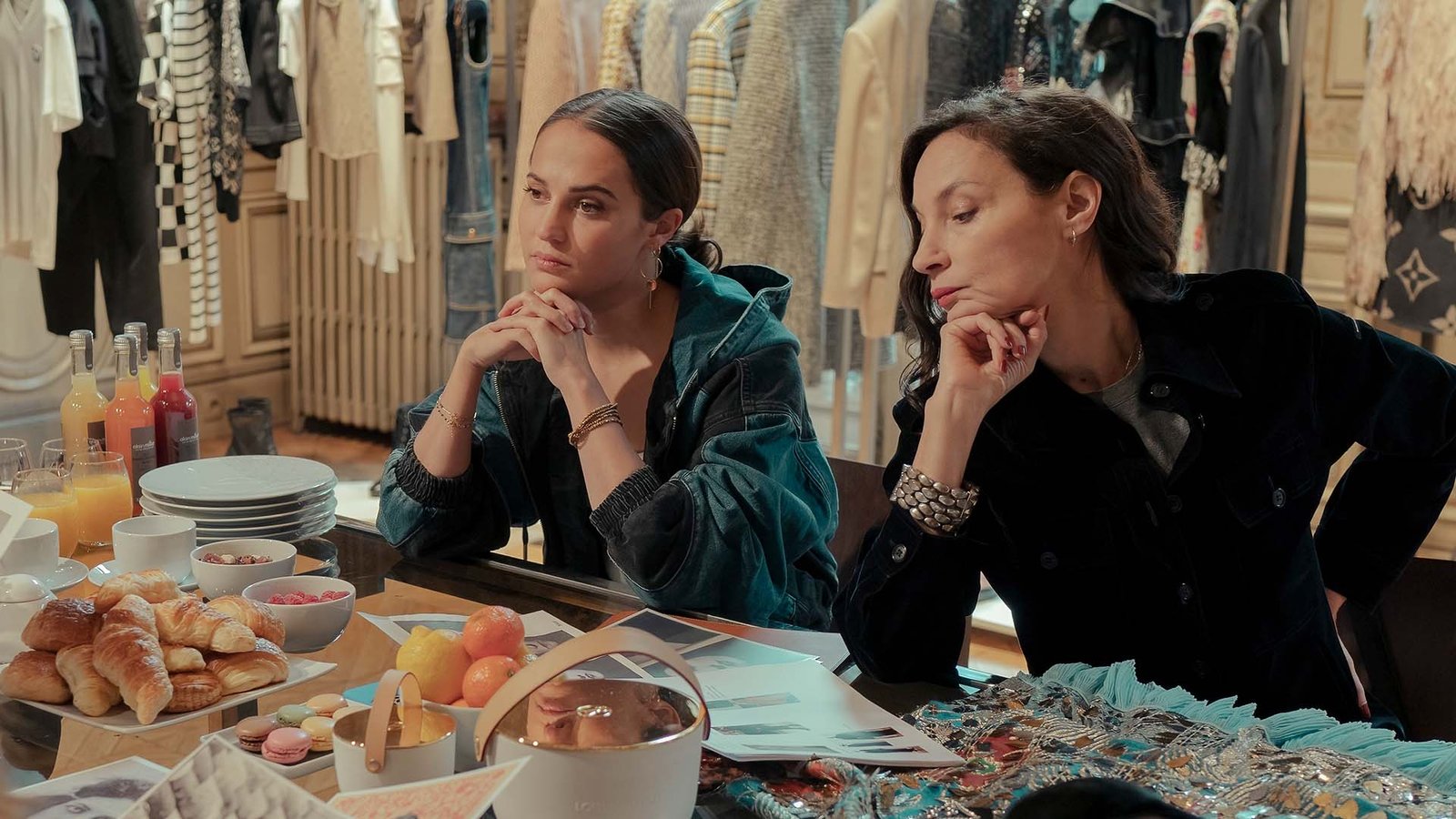Irma Vep (1996): A Queer Cinematic Reflection

The Story Behind Irma Vep
At its core, Irma Vep tells the story of a Hong Kong actress, Maggie Cheung (who plays herself), as she travels to France to star in a remake of the 1915 silent film Les Vampires. Cheung is cast in the role of Irma Vep, the film’s seductive, criminal anti-heroine. However, the production is anything but smooth. The director, René Vidal (played by Jean-Pierre Léaud), is unstable, the crew is disillusioned, and Cheung struggles to fit into the unfamiliar world of French cinema.
The film takes place almost entirely on set, focusing on the chaos of the movie-making process. Yet, it is not merely about cinema. The tensions between Cheung and her colleagues and the broader themes of identity and performance bring queer subtext to the forefront of Irma Vep.
Zoe: The Queer Heart of the Film
One of the most obvious connections to queerness in Irma Vep is the character Zoë, a lesbian costume designer played by Nathalie Richard. Zoë’s feelings for Maggie Cheung add an overt layer of queer desire to the film. Throughout the story, Zoë is infatuated with Cheung, admiring her beauty and grace. There’s a soft tenderness in how Zoë views Cheung—she’s entranced by her, and this adoration becomes one of the emotional backbones of the narrative.
The Fluidity of Identity and Performance in Irma Vep
In Olivier Assayas’ Irma Vep, the fluidity of identity and performance plays a central role in shaping the narrative and themes of the film. From the outset, the film challenges conventional boundaries between self and character, reality and fiction, and gendered norms. By casting Maggie Cheung as a fictionalized version of herself, Irma Vep invites the audience to question the authenticity of identity and the layers of performance we adopt in different contexts.
Maggie Cheung: Playing Herself or a Character?
One of the most fascinating elements of Irma Vep is how Maggie Cheung’s role blurs the line between performer and person. Cheung, a renowned actress from Hong Kong, is not merely playing a part; she is playing herself—or rather, a version of herself. This meta-narrative complicates our understanding of her identity. Who is Maggie Cheung in the film? Is she the global movie star adapting to a new culture, or is she playing a character, taking on a persona that’s both familiar and foreign?
Gender Fluidity and the Androgynous Appeal of Irma Vep
Another crucial aspect of identity in Irma Vep is the film’s exploration of gender roles. When Maggie Cheung dons the catsuit to embody Irma Vep, her appearance takes on an androgynous quality. The costume, which blends traditionally feminine sensuality with masculine power, destabilizes gendered norms. Cheung becomes both a symbol of erotic femininity and a figure of gender fluidity, embodying qualities that transcend typical binaries.
In Irma Vep, gender is not a fixed or rigid category, but something fluid, changeable, and performative. The film subtly suggests that identity, much like performance, is a process of transformation and reinvention.
The Performance of Identity in Film and Life
At the heart of Irma Vep is the idea that identity itself is a performance. Whether we are actors on a film set or individuals navigating our personal lives, the film suggests that we are all constantly “performing” versions of ourselves, shaped by the expectations of society, culture, and our circumstances. For Maggie Cheung, her performance as both herself and Irma Vep is a reminder that identity is never static.
Queerness and Identity Fluidity
The subtle romantic tension between Cheung and Zoë, the costume designer, further enhances the film’s exploration of fluid identities. Zoë’s admiration for Cheung reflects a queer desire that exists outside of heteronormative structures. It’s an affection that is tender and sincere, but never fully realized in the narrative.
Conclusion:
In Irma Vep, Olivier Assayas crafts a film that masterfully intertwines themes of identity, performance, and queerness. Through Maggie Cheung’s enigmatic portrayal of herself and the iconic Irma Vep, the movie challenges the boundaries of gender, cultural belonging, and self-expression. Cheung’s androgynous transformation, along with her subtle connection to Zoë, infuses the film with a quiet yet powerful queer sensibility.



